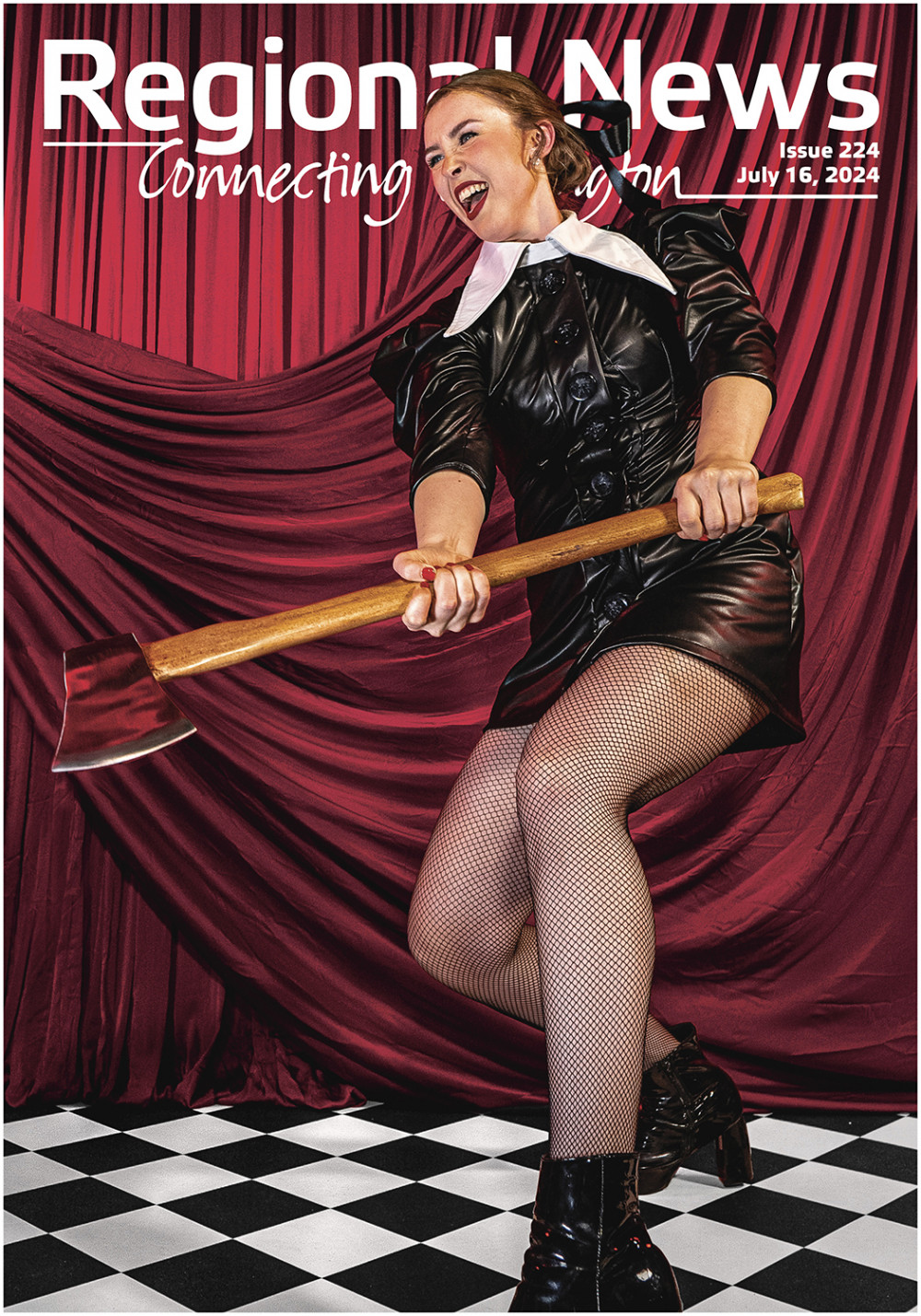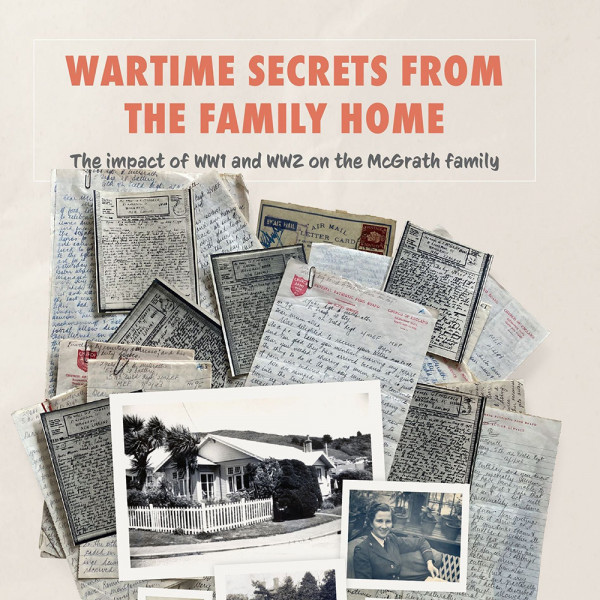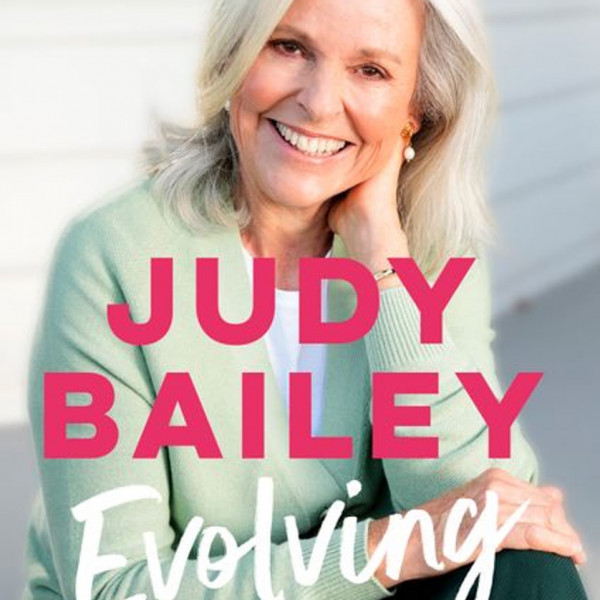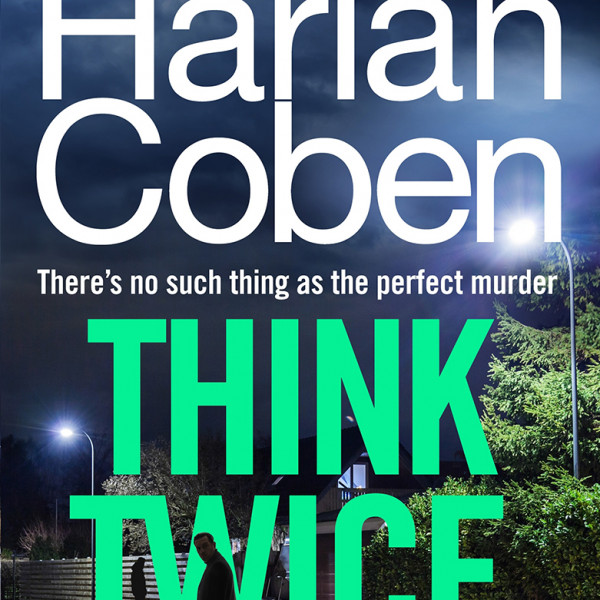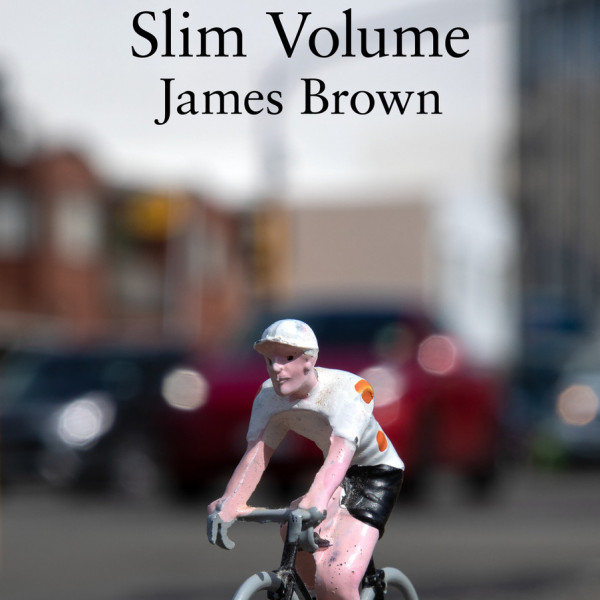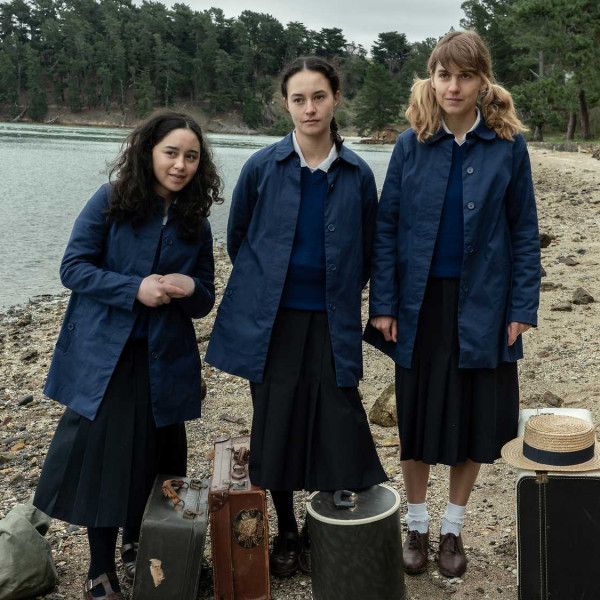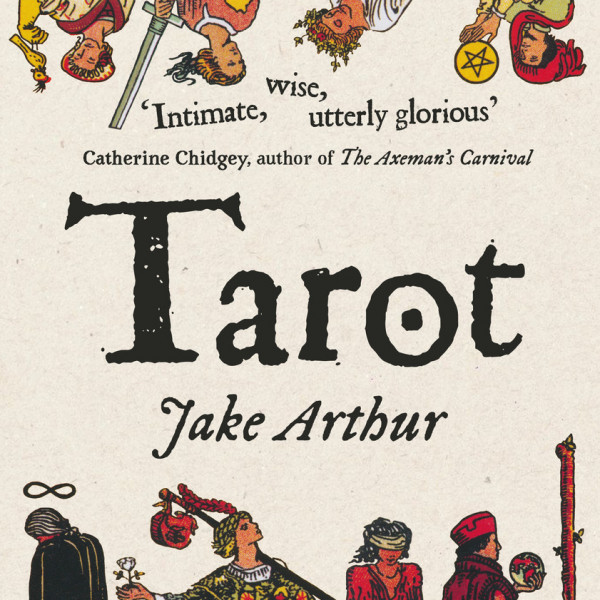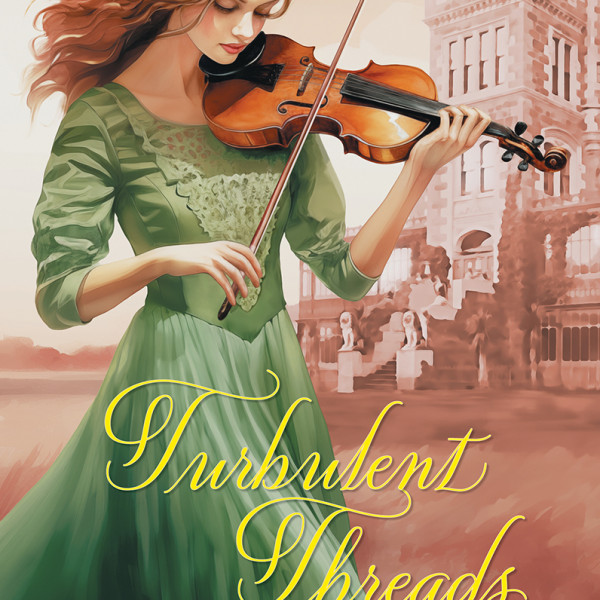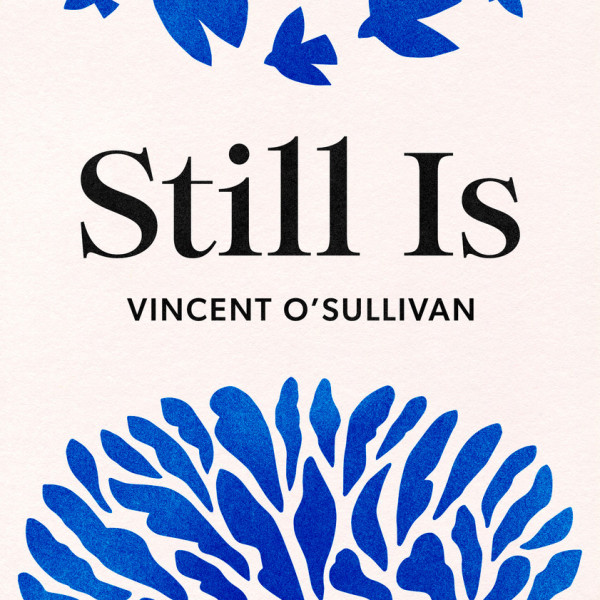
The Romantic Generation
Presented by: Orchestra Wellington
Conducted by: Marc Taddei
Michael Fowler Centre, 17th Aug 2024
Reviewed by: Dawn Brook
The three works on the programme had one thing in common. The composers, Stravinsky, Hindemith, and Korngold, all borrowed from earlier composers to create their works: Stravinsky from Tchaikovsky, Hindemith from von Weber (who in turn borrowed from Chinese musical traditions), and Korngold from his earlier self, greatly influenced by Mahler’s style. As conductor Marc Taddei said, the programme was a neoclassical ode to romanticism. I thought the orchestra was in top form throughout.
Stravinsky’s The Fairy’s Kiss, written for a ballet and so rife with storytelling, was a delight. It had endless charm and sweetness, interspersed with dark moments, mischief, ominous foreboding, and grief. Its soloistic opportunities for clarinet, flute, oboe, horn and cello were all beautifully played.
Hindemith’s Symphonic Metamorphosis on Themes by Carl Maria von Weber was more exotic and more dramatic with great passages for both brass and percussion. The quieter, more sombre moments and the eastern elements in the second movement did not last long before giving way to drama and energy. The work’s romantic origins shone through; it was lush, even sweet at times. The orchestra let its hair down for this one.
To illustrate the eastern influence in Hindemith’s work, Taddei brought to the stage Jia Ling, a musician highly skilled on the guzheng, an ancient Chinese zither which produces an elegant, sweet, and mellow sound like a bucolic waterfall. A beautiful interlude.
Korngold was a famous composer for Hollywood films who later returned to concert music. He used his own earlier movie themes to create his Violin Concerto. Not surprisingly, this work too was lush and full of wide-open American spaces. Amalia Hall was the soloist. Her outstanding virtuosic technique was absolutely on top of the work’s huge challenges. The audience summoned her back for an encore, also stunningly performed.
This was another night of pleasure and education from Taddei and Orchestra Wellington.



